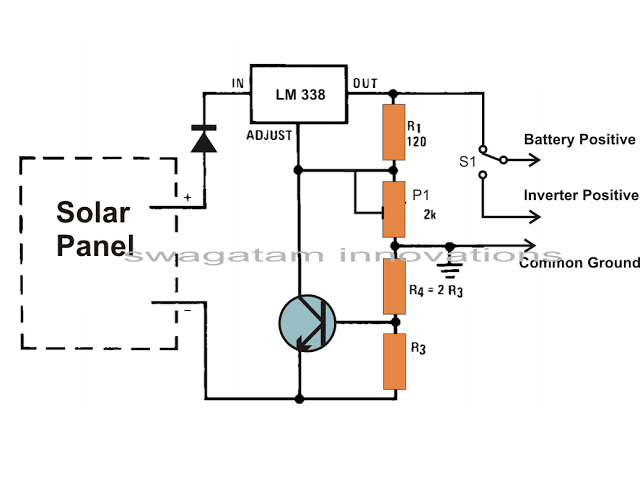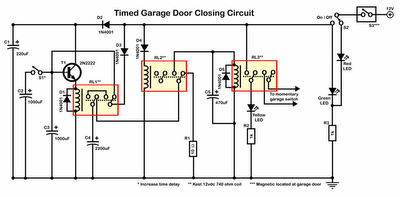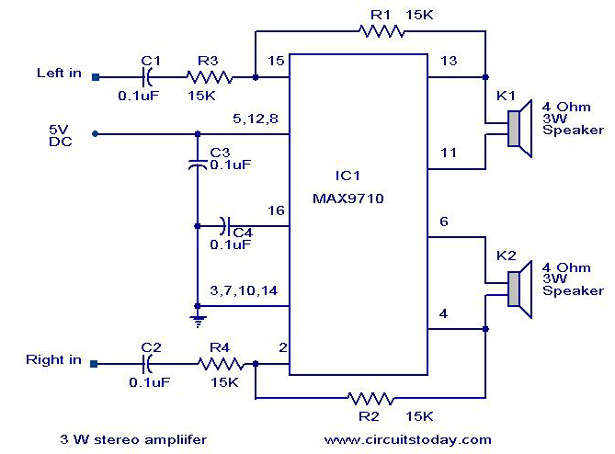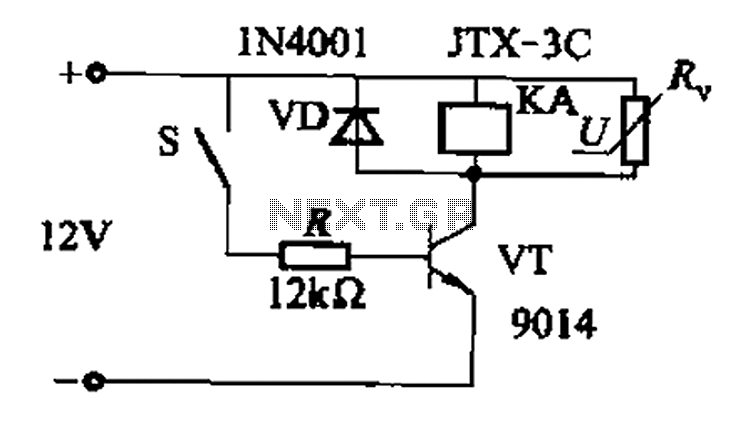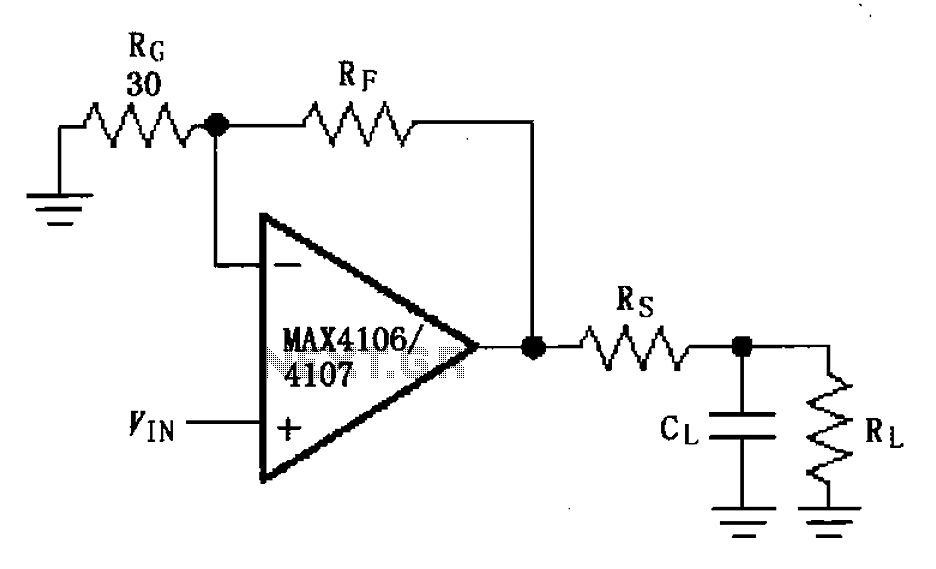
Temperature Relay Circuit

This simple temperature relay circuit can be used to signal a fire or setpoint for temperature monitoring function. You need to adjust P1 so that T1's base.
The temperature relay circuit operates by monitoring the temperature in a designated area and providing a signal when a predefined temperature threshold is exceeded. The primary components of this circuit include a thermistor or temperature sensor, a relay, a potentiometer (P1), and a transistor (T1).
The thermistor serves as the temperature sensing element. It changes its resistance based on the ambient temperature, allowing the circuit to detect temperature variations. The relay acts as a switch that can control larger loads, such as alarms or fans, based on the signal received from the transistor.
P1, the potentiometer, is used to set the desired temperature threshold. By adjusting P1, the user can calibrate the circuit to respond at a specific temperature level. The transistor (T1) is configured as a switch that is activated when the voltage across the thermistor reaches a certain level, indicating that the temperature has exceeded the setpoint.
The circuit can be powered using a DC power supply, and it is advisable to include a diode in parallel with the relay coil to prevent back EMF when the relay is deactivated. This configuration enhances the reliability and longevity of the circuit components.
This temperature relay circuit is suitable for various applications, including fire alarm systems, HVAC systems for temperature control, and other monitoring systems where temperature regulation is critical. Proper layout and component selection will ensure accurate temperature detection and reliable operation of the relay.This simple temperature relay circuit can be used to signal a fire or setpoint for temperature monitoring function. You need to adjust P1 so that T1`s base.. 🔗 External reference
The temperature relay circuit operates by monitoring the temperature in a designated area and providing a signal when a predefined temperature threshold is exceeded. The primary components of this circuit include a thermistor or temperature sensor, a relay, a potentiometer (P1), and a transistor (T1).
The thermistor serves as the temperature sensing element. It changes its resistance based on the ambient temperature, allowing the circuit to detect temperature variations. The relay acts as a switch that can control larger loads, such as alarms or fans, based on the signal received from the transistor.
P1, the potentiometer, is used to set the desired temperature threshold. By adjusting P1, the user can calibrate the circuit to respond at a specific temperature level. The transistor (T1) is configured as a switch that is activated when the voltage across the thermistor reaches a certain level, indicating that the temperature has exceeded the setpoint.
The circuit can be powered using a DC power supply, and it is advisable to include a diode in parallel with the relay coil to prevent back EMF when the relay is deactivated. This configuration enhances the reliability and longevity of the circuit components.
This temperature relay circuit is suitable for various applications, including fire alarm systems, HVAC systems for temperature control, and other monitoring systems where temperature regulation is critical. Proper layout and component selection will ensure accurate temperature detection and reliable operation of the relay.This simple temperature relay circuit can be used to signal a fire or setpoint for temperature monitoring function. You need to adjust P1 so that T1`s base.. 🔗 External reference
